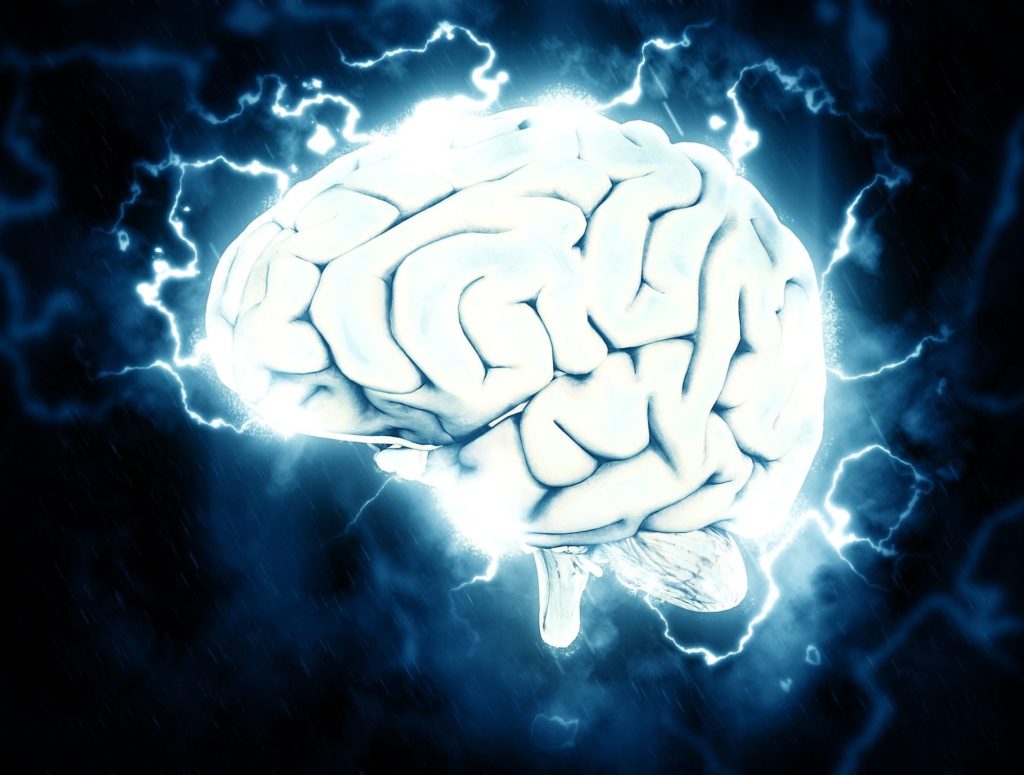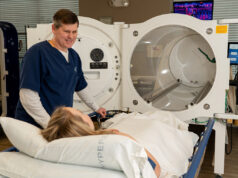
Microsleep refers to a period of sleep that last from a few seconds to several seconds. People who have these episodes might doze off without even realizing it. Some people might have an episode in the middle of doing something since it can occur anywhere like work, school, or even simple things like watching movies. Microsleep episodes can happen while doing serious things as well such as driving a car or operating a machine which makes this condition a dangerous one. In this article, you will be able to read about the causes, symptoms, and treatment for microsleep. Let’s take a closer look:

What Causes Microsleep?
One of the major risks for microsleep is a lack of sleep. This can occur if you have insomnia, work night shifts, or if you do not have enough sleep for other reasons. You might also experience microsleep if you have a sleep disorder:
- With obstructive sleep apnea, a blockage in your upper airway might interrupt your breathing while sleeping. Hence, your brain does not get enough oxygen during sleep which might trigger daytime sleepiness.
- Narcolepsy can cause extreme daytime drowsiness and intermittent episodes of falling asleep.
- Circadian pattern disorders
- Periodic limb movement disorder
Experts do not fully understand the causes of microsleep, however, it is believed to occur when parts of the brain fall asleep while other brain parts remain awake.

Microsleep Warning Signs and Symptoms
According to the website https://www.businessinsider.fr/us/what-is-microsleep-signs-youre-sleep-deprived-2019-6, microsleep can be quite difficult to identify since you might nod off while your eyes are just starting to close. Symptoms connected to this condition include:
- A blank stare
- Not responding to questions or information
- Dropping your head
- Unable to remember the last few minutes
- Experiencing sudden body jerks
- Slow blinking
The warning signs of this illness include:
- An inability to keep your eyes open
- Body jerks
- Excessive yawning
- Constantly blinking in order to stay awake

Microsleep Treatments
In order to prevent and treat of microsleep, it is quite important that you get enough sleep during the night. A healthy amount of sleep for adults can be from seven to nine hours of sleep. Making some lifestyle adjustments and developing a healthy sleep routine might improve the quality of your sleep. This can include:
- Avoiding liquids and caffeine, especially alcoholic beverages if you are already feeling tired
- Turning off all sound and lights
- Avoiding activities before bed, especially exercising
- Keeping your room at a comfortable temperature
While Driving
In order to keep yourself safe while you are on the road, you should only drive when you are feeling totally alert. It also helps to drive while someone is in the car with you. There are signs that will tell you that you have to pull over including repeated yawning, drifting out of the lane, heavy eyelids, and missing exits or turns.

At Work
While you are working, you should never operate machinery or equipment when you are feeling sleepy or drowsy since this can lead to injuries or accidents. You can try participating in discussions and conversations to remain attentive and alert. Also, if possible, you should periodically get up from your desk to stretch your body and legs. Being physically active can wake up your body and also fight sleepiness.
Conclusion
If you make some lifestyle adjustments but still experience different microsleep episodes, you should see your doctor. You might need a sleep study that will rule out or confirm a sleep disorder. Understanding the cause of your sleep deprivation can prevent you from getting future episodes of microsleep.














